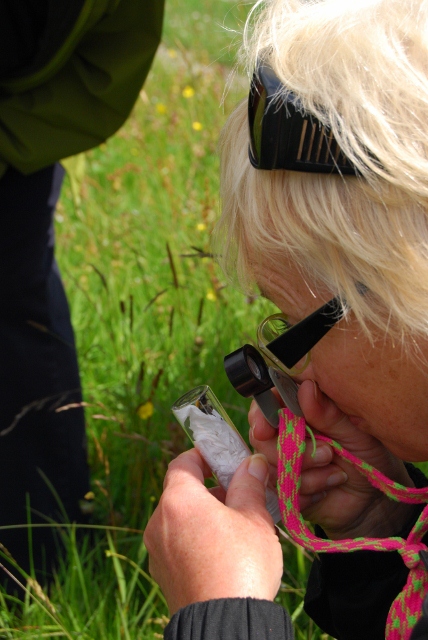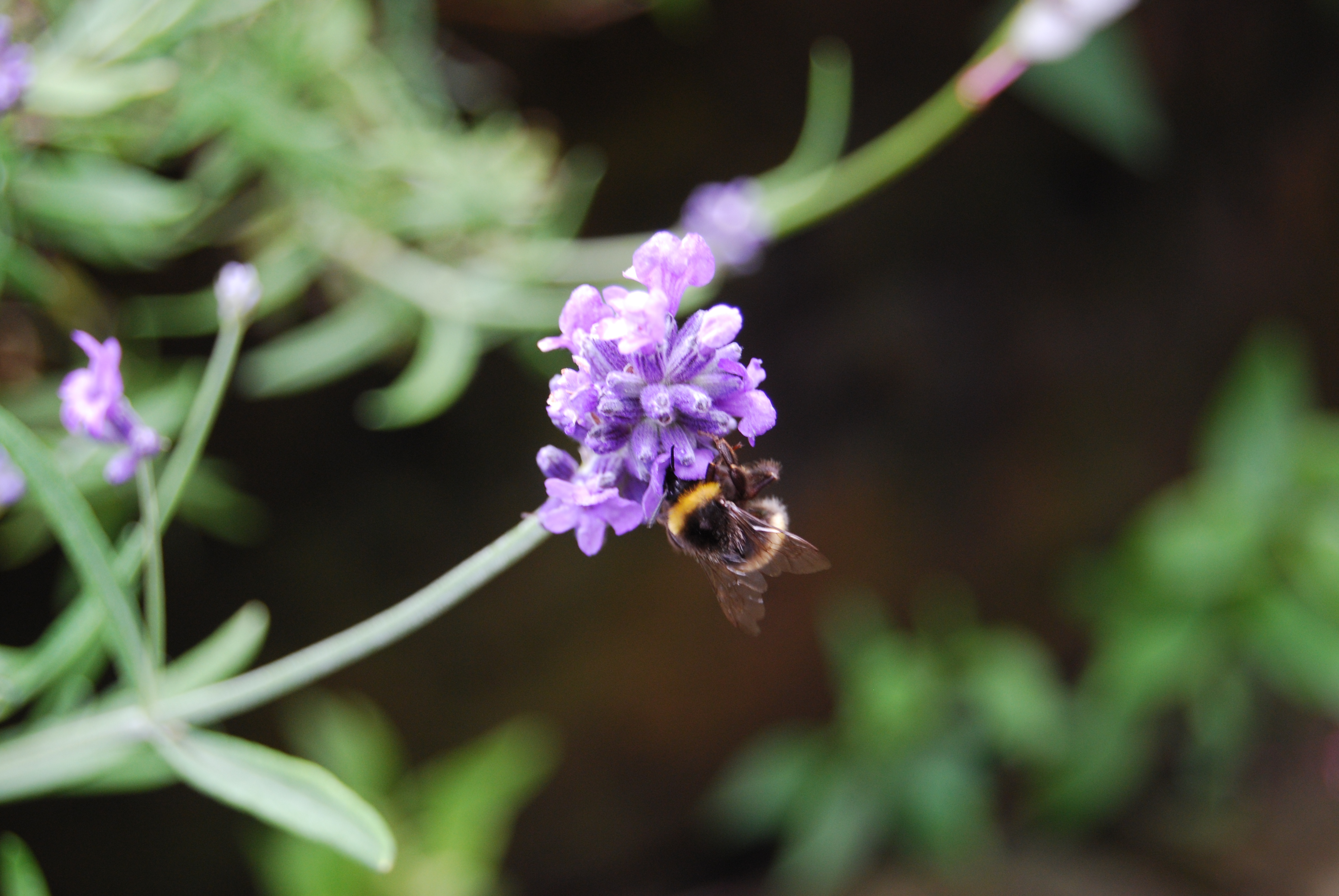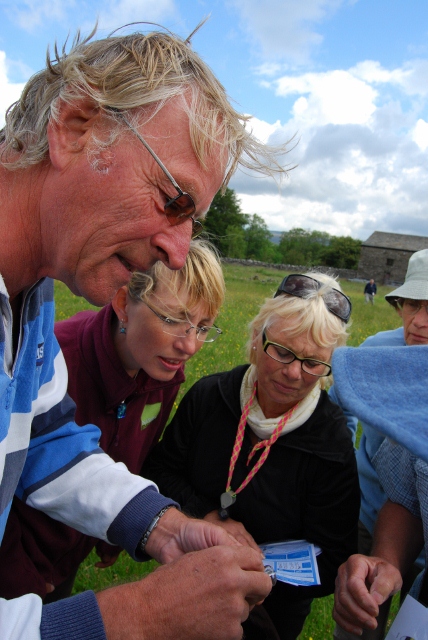Dales Meadows are Buzzing with Life
July 25, 2011
Earlier this month I was invited to join Tanya St. Pierre – YDMT’s Flowers of the Dales Project Officer – and a group of bumblebee enthusiasts at the foot of Ingleborough for a Bumblebee Identification course. I’m a keen gardener and allotment holder, and I get really excited when I see bees and other insects enjoying my plants as much as me, so I happily accepted the invitation…
This free event (part of the 2011 Flowers of the Dales Festival) was attended by eight people who were all keen to learn about the anatomy, life cycle, habitats and foraging habits of bumblebees, as well as how to identify the different species of bumblebee that are commonly encountered in the Dales.
After a classroom-based presentation by Tanya, including hints and tips of how to identify species ‘in the field’, we headed out into the wildflower hay meadows at Colt Park near Ribblehead equipped with bumblebee identification guides. This Natural England site (part of the Ingleborough Site of Special Scientific Interest) is an excellent place to see bumblebees foraging for nectar amongst the wide variety of native wildflowers growing in the traditionally managed hay meadows – a rare but crucial habitat for bumblebees.
Once in the meadows, we kept attempted to catch any passing bumblebees in special nets and then hold them briefly(!) in glass jars so we could examine the size, shape and colour to identify the species before releasing them.
We successfully identified examples of three of the ‘Big Six’ (the most common) species by the end of the day – the common carder bee (Bombus pascuorum), the white-tailed bumblebee (Bombus lucorum), and the garden bumblebee (Bombus hortorum).
Download your free bumblebee identification guide here.
Tony King, one of the poeple on the course, commented “I now love bees!” while his wife Margaret added “I hope that events like this and the Flowers of the Dales Festival will continue. I think it is superb that organisations have come together with the Yorkshire Dales Millennium Trust to provide a single comprehensive and user-friendly guide to all the events taking place in the Dales.”
We also learnt how these hard-working and dependable pollinators have been struggling in recent years due to a loss of suitable habitats such as hedgerows and hay meadows. If this loss of habitat continues, bees will also decline as the nectar sources available to them diminish. With fewer bees in the countryside, less pollination of wild plants will occur, further reducing the amount of bee-friendly habitat remaining.
YDMT is working hard to stop this vicious circle through our Hay Time project which is working to help restore meadows in and around the Yorkshire Dales National Park that have lost some of their botanical diversity as a result of being managed intensively. It works by harvesting seed from species-rich ‘donor’ meadows and spreading it on nearby ‘receptor’ meadows. By the end of the summer over 200 hectares of degraded meadow will have had seed added to them and their management improved through the project.
Tanya finished off the day by giving advice about how everyone could make difference to the future of bumblebees by growing garden plants that provide a ready supply of nectar throughout the seasons. In general, traditional native cottage garden plants provide an excellent source of nectar, species including foxglove, bluebell, aquilegia, lupin and lavender as well as many herbs. I bought a new lavendar plant this weekend and it has been covered in bees since!
Tanya is delighted with the on-going success of the Festival. She says, “In uncertain economic times hopefully the Festival is doing its bit to promote local events and organisations and to provide enjoyable activities that are accessible to everyone. With more than 40 events still to take place between now and October, there’s hopefully something for everyone to enjoy.”
I can highly recommend the Festival events – they provide an excellent day out and the opportunity to explore something new.
The events are run by a wide range of organisations and individuals, each an expert in their field, and offer a great insight into wildflower habitats. The Clapham–based charity Yorkshire Dales Millennium Trust is co-ordinating the Festival to bring together this series of fun and informative events designed to encourage people to explore and enjoy the Dales landscape.
The full Festival programme is available online now. Or to receive a copy by post please send an A5 stamped self-addressed envelope (36p postage) to Flowers of the Dales Festival, YDMT, Old Post Office, Main Street, Clapham LA2 8DP. A free copy of the programme is also available from all visitor centres in the area.









